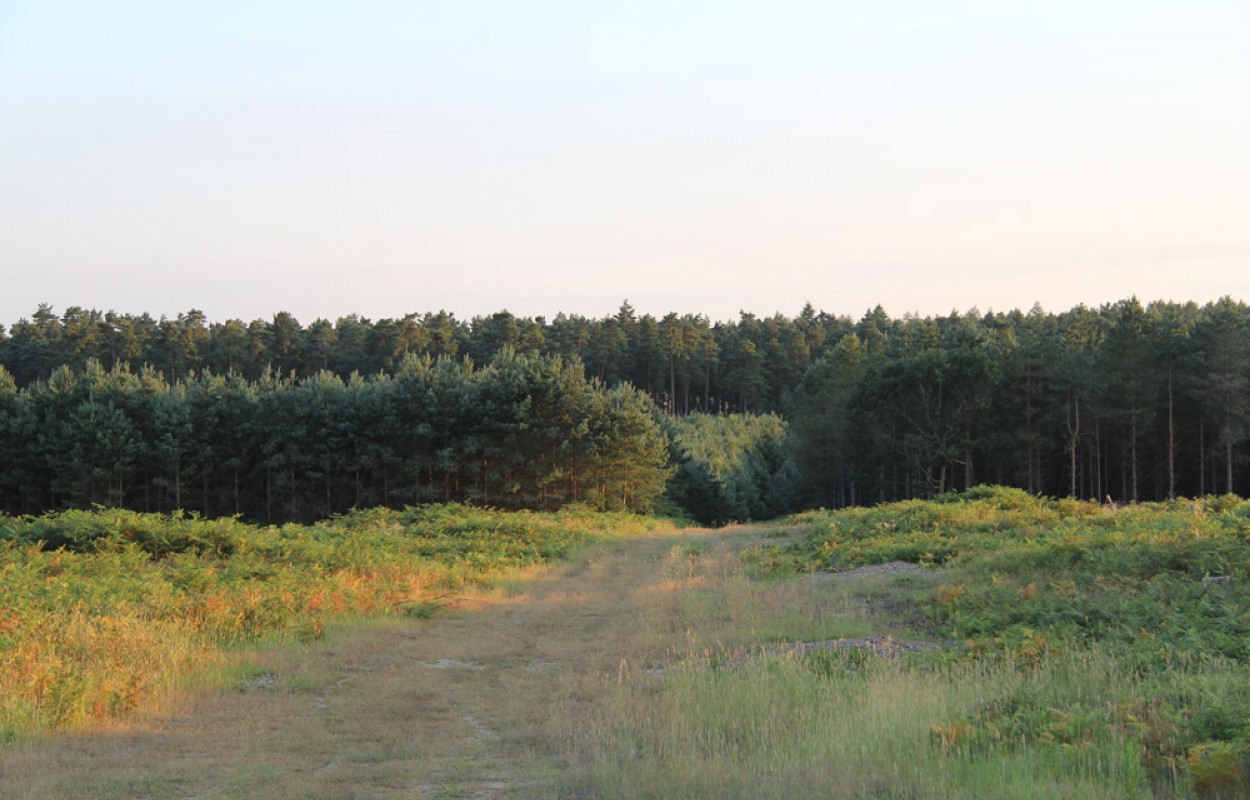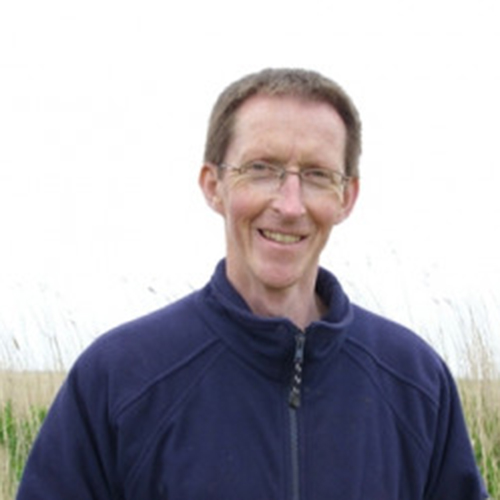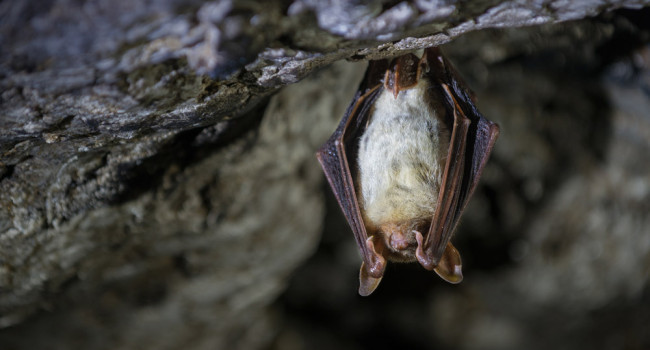Recommendations to enhance breeding bird diversity in managed plantation forests determined using LiDAR

Author(s): Tew, E.R., Conway, J.C., Henderson, I.G., Milodowski, D.T., Swinfield, T. & Sutherland, W.J.
Published: May 2022
Journal: Ecological Applications
Digital Identifier No. (DOI): 10.1002/eap.2678
Abstract
Notes
Acknowledgements
The authors are grateful to the volunteers and BTO colleagues who collected bird data across the forest. They thank colleagues at Forestry England for assistance in this project, in particular Neal Armour-Chelu, Richard Brooke and Jonathan Spencer. They are also grateful to Alison Johnston for statistical advice, Florian Zellweger for helpful discussions, and three anonymous reviewers for their constructive feedback and suggestions. The LiDAR point cloud data were collected as part of the Breaking New Ground Heritage Lottery Project (© Breaking New Ground LPS and the Forestry Commission) in 2015; further LiDAR coverage in 2017 was commissioned by the Forestry Commission. E.R.T. was supported through an Industrial CASE studentship, funded by the Natural Environment Research Council and Forestry England [NE/M010287/1], and as part of the Cambridge Earth System Science NERC DTP [NE/L002507/1]. W.J.S. is funded by Arcadia.








Share this page